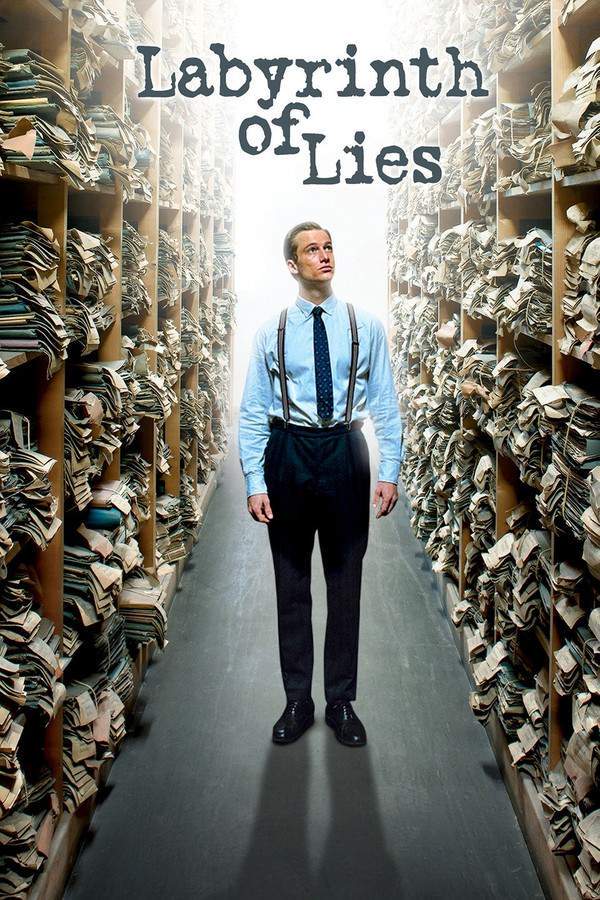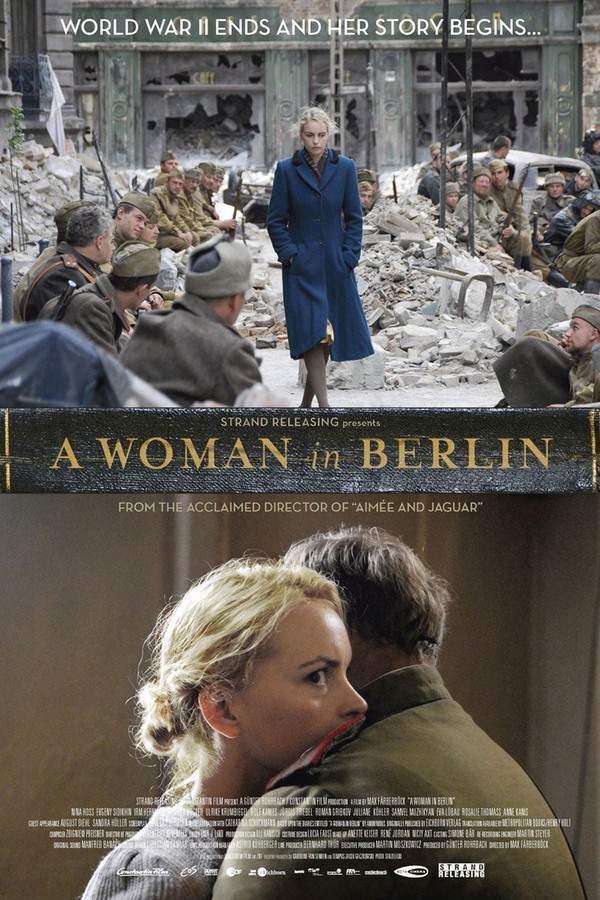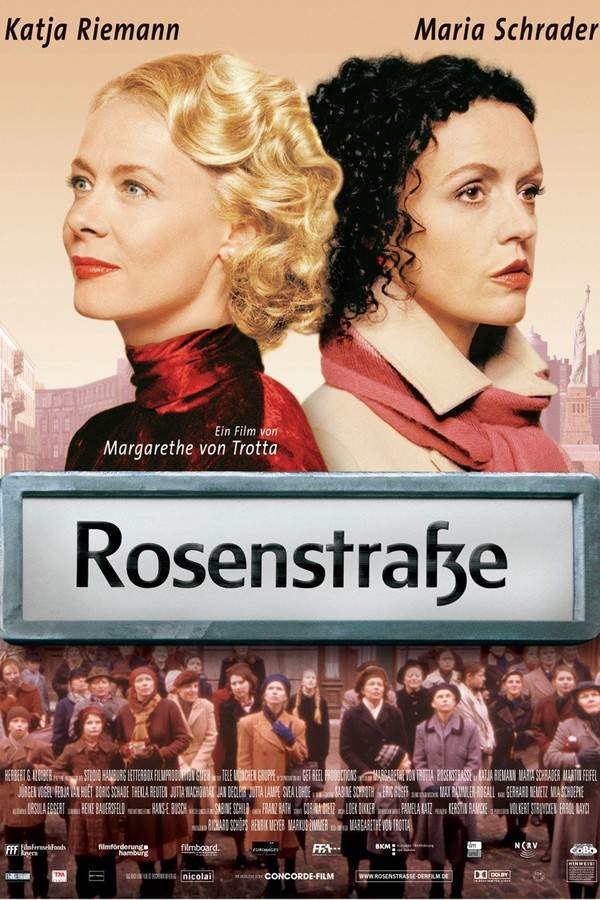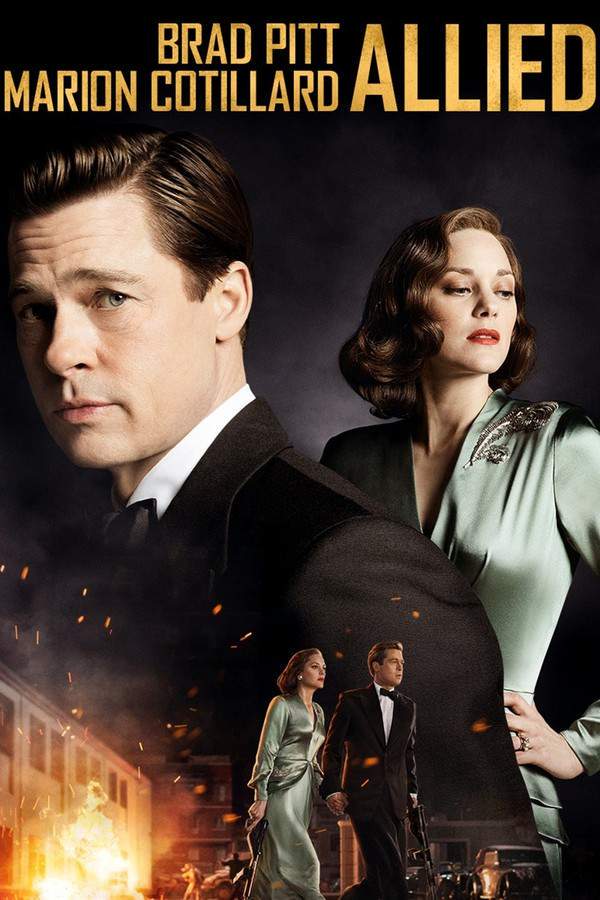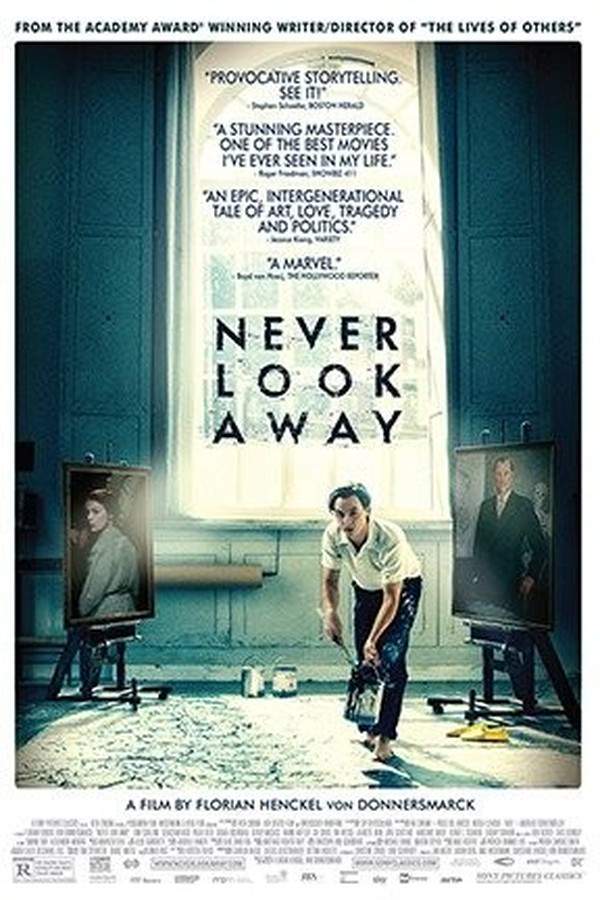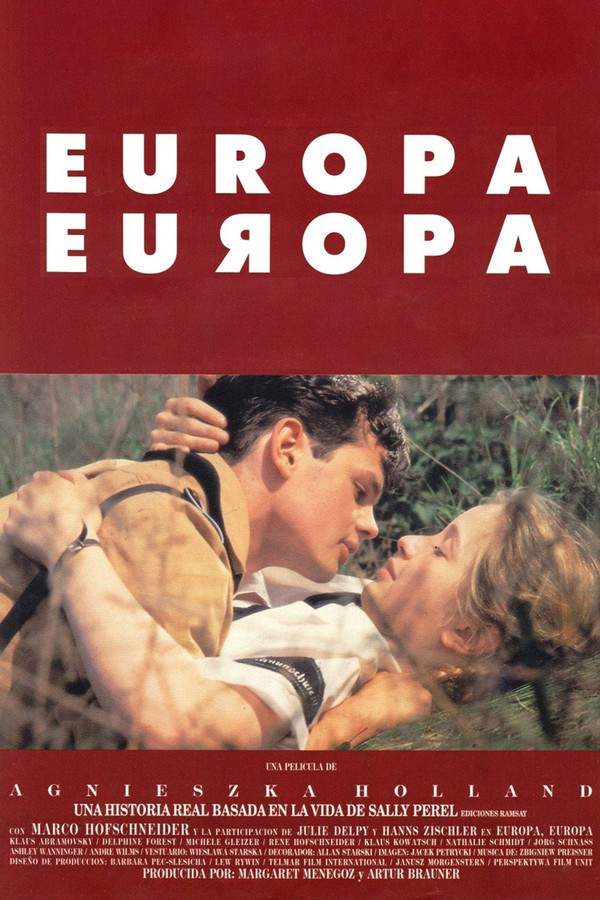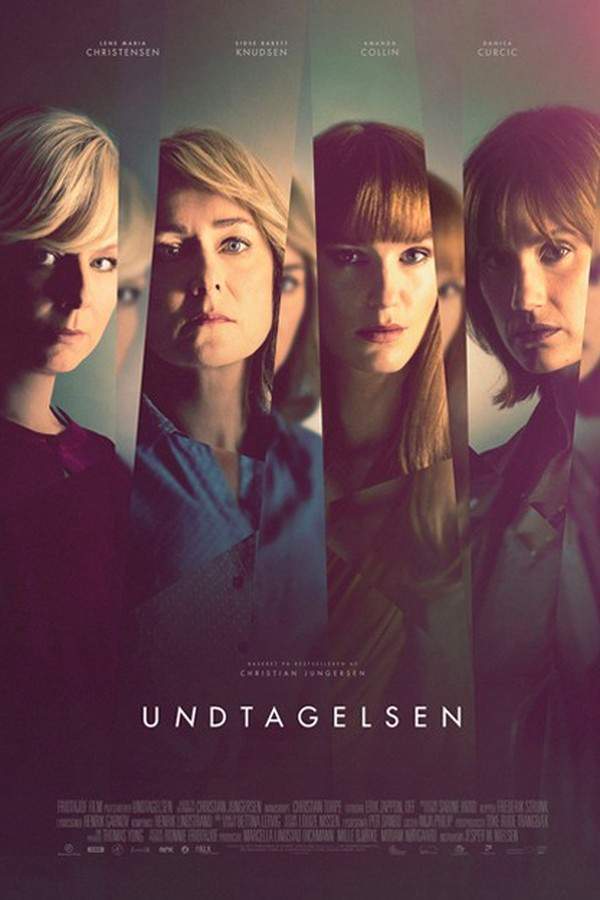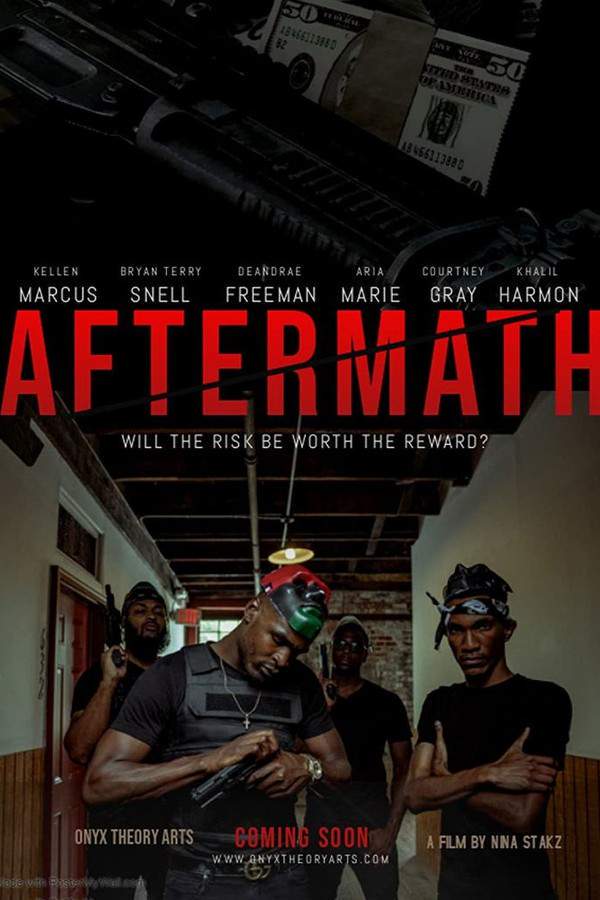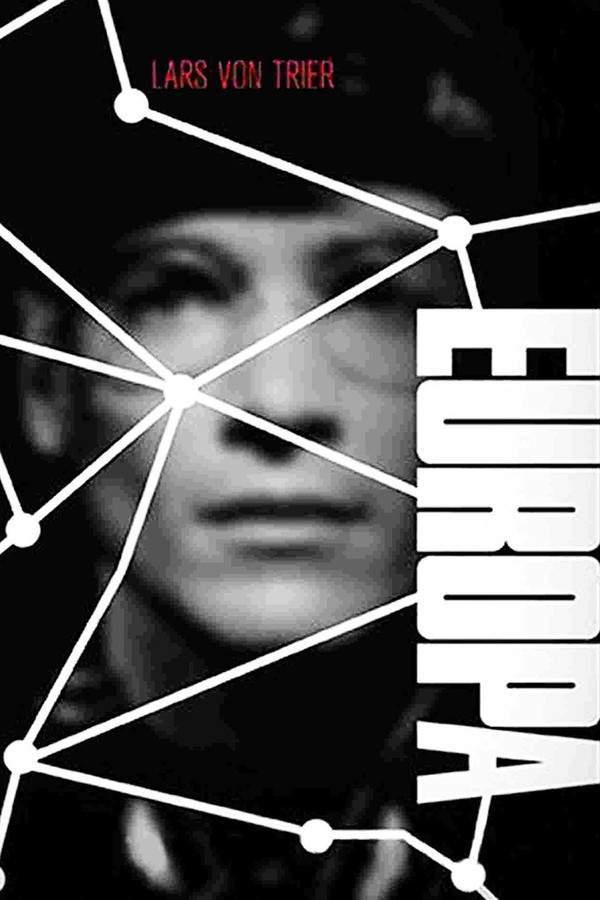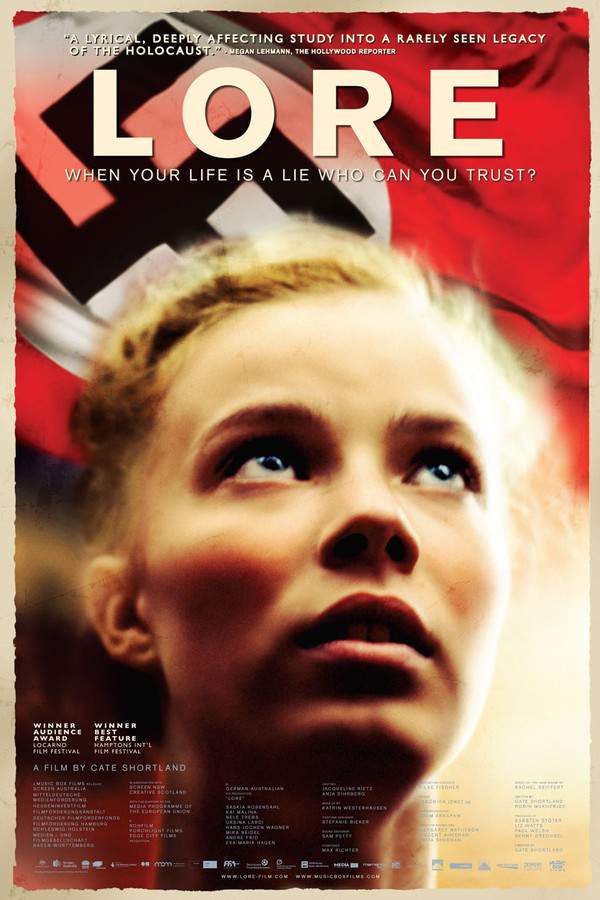
Lore
Year: 2013
Runtime: 109 min
Language: German
Director: Cate Shortland
Near the end of World War II, Lore, a young and fiercely loyal teenager, must guide her siblings across a devastated Germany. As they journey toward their parents, they are confronted with the horrifying reality of the Nazi regime and the suffering it has caused. Their perilous escape forces Lore to question everything she has ever known and to confront her prejudices when she is unexpectedly aided by a mysterious refugee, a person she has been taught to despise.
Warning: spoilers below!
Haven’t seen Lore yet? This summary contains major spoilers. Bookmark the page, watch the movie, and come back for the full breakdown. If you're ready, scroll on and relive the story!
Lore (2013) – Full Plot Summary & Ending Explained
Read the complete plot breakdown of Lore (2013), including all key story events, major twists, and the ending explained in detail. Discover what really happened—and what it all means.
The film follows the harrowing journey of Lore, Saskia Rosendahl, as World War II’s end shatters a family in southern Germany. With the news of Adolf Hitler’s death spreading, Lore’s mother makes a grave choice to abandon the domestic life she has known and volunteers for a camp, leaving Lore to shoulder a fearfully grown responsibility. Lore’s father heads to destinations unknown, and the household is torn between the urge to hide and the pull of obligation. In a desperate bid for safety, the family packs up what they can and relocates to a secluded cabin in a clearing within the Black Forest. A delicate keepsake accompanies them: Lore’s mother carefully wraps a porcelain deer figurine to take along, a small token that will come to symbolize memory and loss in equal measure.
The escape is fraught with danger and uncertainty. The five siblings—Lore at the helm, with her siblings in tow—must navigate a country collapsing under the weight of its own collapse. Food becomes scarce as neighbors refuse to sell, forcing Günther to steal and exposing the fragility of their precarious situation. The family is further strained when Lore’s mother departs for a camp, ultimately abandoning the children but leaving instructions to seek safety with their grandmother in Husum near Hamburg. Lore clutches her mother’s jewelry and the money for train tickets, a tangible link to a life that is rapidly slipping away. When trains cease running, the journey shifts to foot, packing minimal possessions and moving toward whatever shelter they can find.
Their trek brings them to the ruins of an abandoned house where Lore discovers a dead woman and encounters a mysterious young man who seems to reappear at every turn. The next day, they reach a church where Lore pays a woman to breast-feed her baby brother Peter, a moment that underscores the family’s precarious reliance on strangers. The same enigmatic young man crosses their path again, an eerie reminder of the peril surrounding them. The village is plastered with news of the concentrations camps, and one wall bears photographs that reveal a brutal truth—the war’s cruelty made real in stark images. In a quiet, unsettling moment, Lore recognizes her father among the soldiers in a Nazi uniform, a jarring reminder of the past they are trying to outrun.
The journey continues, with stops at a school and then a farm, where barter becomes a means of survival. Lore trades gold jewelry for food and glimpses the fragility of human morality as she steals a watch from a dead man and is urged to abandon her baby brother to secure food. Her resolve hardens as she faces the cold choice between care and survival. The family’s odyssey takes another sharp turn when a man (the same figure they have met before) reappears and follows them, continuously testing their limits. A motorized ride arrives in the form of American soldiers who offer assistance, and the siblings finally accept passage whenThomas—a young man with a complicated past—produces papers and suggests he is Lore’s brother, enabling a risky lift to safety in the Allied zone.
Illness and hunger challenge Lore in the days that follow, and Thomas proves a source of nourishment and safety, even as his own loyalties become murky. As they progress, Lore’s doubts about him grow, and the trust that binds the group is tested by fear, desire, and the need to survive. A perilous crossing across a river becomes a moral quagmire: a man offers aid, but Lore’s companions carry out a violent act to secure escape, a moment that shakes Lore to her core.
The family’s odyssey winds through shifting frontlines—through the British sector, then the Soviet area—where tensions flare and the possibility of safety remains distant. Thomas urges caution, but fear, hunger, and the ever-present specter of abandonment push Lore toward desperation. The truth behind the papers Thomas carries—whether they belong to him or to someone else named Thomas Weil—emerges only as the group presses on, leaving them to grapple with identity, loyalty, and the cost of survival.
When the four siblings finally reach their grandmother’s home, Oma offers nourishment and stern guidance, urging them not to be ashamed of their parents and to find some sense of belonging in this cracked new world. The reunion is not easy, and the sight of familiar rooms stirs memories Lore has long tried to forget. Lore returns to her mother’s old bedroom, where the deer figurine sits on the dresser, surrounded by other keepsakes that speak of a life once lived. The house hums with the odd, uneasy balance of welcome and judgment as Oma and the household try to restore order.
In the tense, quiet aftermath, Lore struggles to adapt. She resists the cheerful dance with Liesel and retreats into the woods, studying the identity papers and family portraits that lay in Thomas Weil’s wallet—an emblem of a past she cannot fully leave behind. At the dining table, a moment of restraint collapses into defiance: Jürgen grabs bread without waiting, and Oma’s stern reprimand meets Lore’s anger. In a final act of rebellion, Lore, fueled by a mix of anger and hurt, smashes the porcelain deer figurines one by one with her heel, breaking the only tangible link to a world that vanished in a breath of war.
Last Updated: October 09, 2025 at 16:23
Unlock the Full Story of Lore
Don't stop at just watching — explore Lore in full detail. From the complete plot summary and scene-by-scene timeline to character breakdowns, thematic analysis, and a deep dive into the ending — every page helps you truly understand what Lore is all about. Plus, discover what's next after the movie.
Lore Timeline
Track the full timeline of Lore with every major event arranged chronologically. Perfect for decoding non-linear storytelling, flashbacks, or parallel narratives with a clear scene-by-scene breakdown.

Characters, Settings & Themes in Lore
Discover the characters, locations, and core themes that shape Lore. Get insights into symbolic elements, setting significance, and deeper narrative meaning — ideal for thematic analysis and movie breakdowns.

Similar Movies to Lore
Discover movies like Lore that share similar genres, themes, and storytelling elements. Whether you’re drawn to the atmosphere, character arcs, or plot structure, these curated recommendations will help you explore more films you’ll love.
Explore More About Movie Lore
Lore (2013) Scene-by-Scene Movie Timeline
Lore (2013) Movie Characters, Themes & Settings
Lore (2013) Spoiler-Free Summary & Key Flow
Movies Like Lore – Similar Titles You’ll Enjoy
Where Hands Touch (2018) Full Movie Breakdown
Death in Love (2009) Detailed Story Recap
Labyrinth of Lies (2015) Spoiler-Packed Plot Recap
A Woman in Berlin (2009) Plot Summary & Ending Explained
Rosenstrasse (2004) Complete Plot Breakdown
A Secret (2008) Film Overview & Timeline
Allied (2016) Detailed Story Recap
Never Look Away (2019) Complete Plot Breakdown
The Reader (2008) Plot Summary & Ending Explained
Europa Europa (1991) Story Summary & Characters
The Exception (2017) Plot Summary & Ending Explained
The Aftermath (2019) Detailed Story Recap
Someday We’ll Tell Each Other Everything (2024) Full Summary & Key Details
The Zone of Interest (2023) Plot Summary & Ending Explained
Europa (1992) Ending Explained & Film Insights





